Talking Points:
-The History of Point & Figure Charts
-Why Traders Use Point & Figure Charts
-The Construction of Point & Figure Charts
The Point & Figure or P&F charts are unique to every other chart you’ve likely used. This article will get you comfortable with the charting technique that is over 100 years old. Similar to Japanese Candlesticks, the Point & Figure charts have stood the test of time as they make recognizing congestion or trend breakouts easy.
The History of Point & Figure Charts
Unlike other charting methods, there is no one person credited for creating Point & Figure charts. Before computers, Point & Figures were adapted from a method used by floor traders in the 19th and pre-computer 20th century. The basic premise that caused P&F to be born is that there needed to be a simple method for floor traders to record price action to analyze price without unnecessary noise. Over a handful of years, two charts converged into one type of chart known as Point & Figure Charts.
Learn Forex: Point Charts vs. Figure Charts
To make sense of the far-right chart above, it may be helpful to know what creates a new column which will be explained in detail later in the article. The chart on the right requires a reversal of 3 boxes of $1 each or $3 move against the prior trend to print a new column. As you can see, instead of price being printed, a column of X’s or O’s will occupy the chart.
The first method on the left was simply recording prices up and down without fractions which, you can imagine would become mind-numbing overtime. To make analysis less tedious and thus trading easier, a point chart above was constructed with price marked once on the y-axis and then marked an “X” or “point” for either direction when any whole figure was crosses. The Forex equivalent of this would be an Average True Range equivalent or 1XATR or 100 Pips.
How To Add Point & Figure to Marketscope 2.0
If you’re yet to utilize Point & Figure charts on FXCM’s Marketscope 2.0, you can easily do so. Please click on File -> Create View -> Point & Figure.
As you can imagine, a column moving higher or lower wasn’t easily recognizable and that was important for traders. Traders then combined these two methods to bring about Point & Figure charts, which you see on the right. Today, you’ll be learning how to use Point & Figures and why many find them helpful for discovering only the most important price action for the trend. The Point & Figure charts came about in the 1950s with “X”s up and “O”’s down and is what we use today.
Why Traders Use Point & Figure Charts
Due to technology, Point & Figure charts have fallen out of favor due to the likely fact that Point & Figure charts do not update in real-time, for a reason you’ll soon learn, and they may not appear as exciting as a short-term scalping chart. Point & Figure charts do not utilize time but only price. Therefore, you will not see a new candle print because there is a new day or time period like you do with candlestick charts. If price has not reversed or broken out from your predetermined levels discussed below, then there will be no change to the chart. In other words, the Point & Figure charts are famously objective.
Learn Forex: It’s Hard to Argue that this trend is up
Some traders feel that Point & Figure charts are one of the great secrets of the trading world that deserve to be uncovered and utilized once again. You can come to your own conclusion after this four-part series to see if you should combine Point & Figure with your trading. One common thread among many traders who have found Point & Figure charts is that you’ll have an easier time seeing a strong trend that shouldn’t be fought until a reversal takes way first.
The Construction of Point & Figure Charts
This is likely the most important aspect of Point & Figure charts that you need to understand before you move on to the next articles. Constructing the Point & Figure chart takes some decisions on your part that we’ll discuss shortly. Another great advantage to Point & Figure charts as you’ll see is that you have control over how much action you see.
There are 3 main components that will be needed to construct a Point & Figure charts. The components are:
-Reversal Size Parameter
-Box Size Parameter
-Price Data used for Chart Construction
Once these three components are determined, you will come up with a specific name for your Point & Figure chart like a 10X3 chart or 1ATRX3 chart for example. This name type comes from Box size X Reversal. Also, please note that higher prices will be marked by X’s and O’s for down-columns.
The reversal size will determine how sensitive your charts are. This will be determined by how many X’s or O’s the price must reverse before changing columns. The most common choices are 1-box reversals and 3-box reversals. A 3-box reversal chart will require 3x the amount of price action against the prior trend before reversing than a 1-box reversal.
Learn Forex: 1-Box vs. 3-Box Reversal on EURUSD
The chart above has a 1-box reversal on the left and a 3-box reversal on the right. The parameter used to calculate box-size is the current ATR on EURUSD which sits near 75 pips. You can easily see the recent price action calculated presented differently through these different manners.
Changing the box size effectively changes your time horizon and method of analysis. There are different trading signals for 1-box reversal charts vs. 3-box reversal charts. You can also make price projections with Point & Figure charts which will differ for each chart. This will be described in an upcoming article.
Learn Forex: Short-Term Traders May Prefer to Reduce Box Size
Short-term traders may wish to have smaller boxes such as a 1-box or 3-box reversal chart with a box size of 10-pips. Here is a snap shot of EURUSD. The chart on the left is a 1x10-pip Point & Figure chart and the chart on the right is a 3x10-pip Point & Figure chart. You can easily see that the direction is the same on this smaller time scale only the 3-box reversal displays a lot more data. 1-box charts were commonly used when floor traders used Point & Figure charts in the early part of the 20th century.
Learn Forex: Which High-Low-Open-Close Data Will You Use?
The last component is the data that you will use to construct the Point & Figure chart. This is a critical question and will also determine the high or low that you use. You can use the high or low for every minute which is the original method or the high or low for every day. Another data source often used to construct Point & Figure charts is the high, low, or closing price at the end of the day. The trouble with using tic by tic data is that there is more noise than signal.
End of day close or End of day high or low have become the gold-standard for most who use Point & Figure charting. The reason that Point & Figure charting uses the High or Low vs. High & Low is that you can’t use both. Point & Figure is a directionally biased charting method favoring the prevailing trend and if you’re currently in a series of X’s or rising prices, you’ll use the high of the day to see if a new box is warranted.
One last important note about not using the high or low is that you don’t know which manner they occurred. If a high produces a new X in a column of current X’s, the chart will post a new X for the new box size. If a reversal of an uptrend has happened according to your rules above, then you’ll look to the low of the day to plot the reversal. If there is no new high or reversal then you’ll ignore the day.
To answer the question, which is better? There is no clear answer however, most western methods of technical analysis like the simple moving average utilize the close price. You can choose which method you prefer but the Daily close data seems to incorporate the preference of majority of traders who utilize Point & Figure Charts for analysis purposes.
Closing Thoughts
Today’s introduction to Point & Figure opens up an exciting avenue of analysis for your trading. It may be helpful for you to see Point & Figure as a new objective way of identifying price action but not necessarily a chart that you will enter trades on. The next article will divulge into how you can use 1-box & 3-box reversal charts together for a full view that many other traders are not considering to possibly bring you an edge.
Happy Trading!
---Written by Tyler Yell, Trading Instructor
More...


 3Likes
3Likes LinkBack URL
LinkBack URL About LinkBacks
About LinkBacks

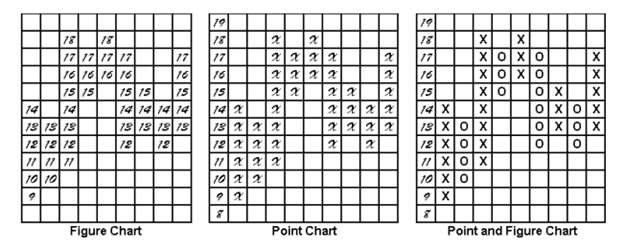

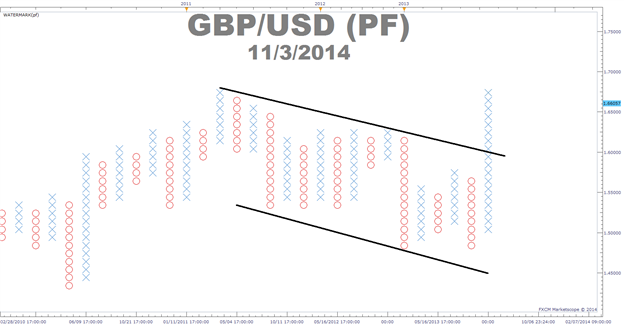

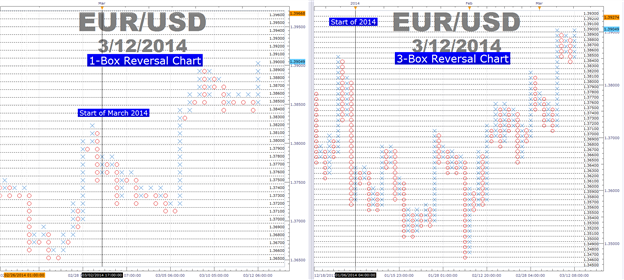






 Reply With Quote
Reply With Quote







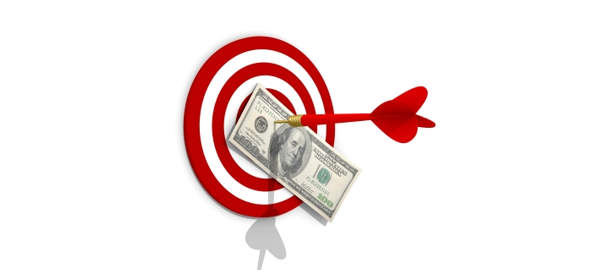
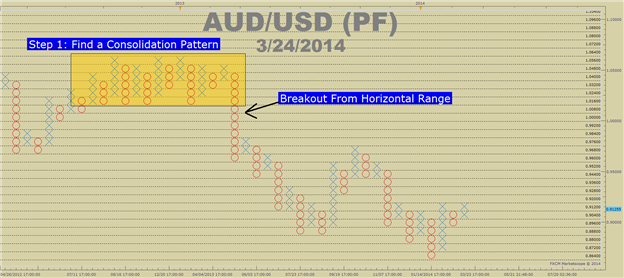
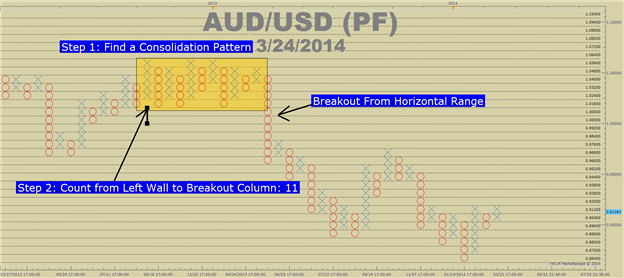
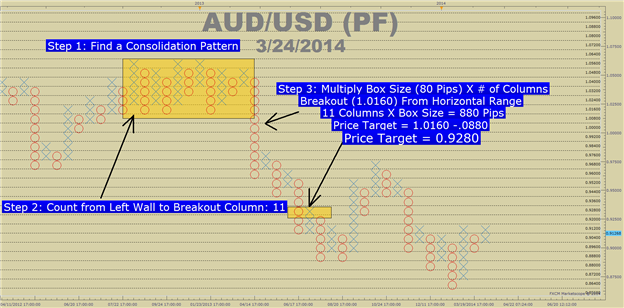
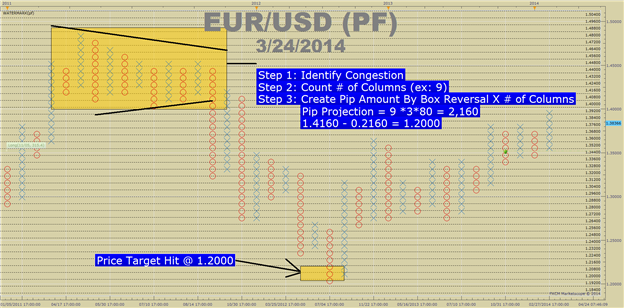
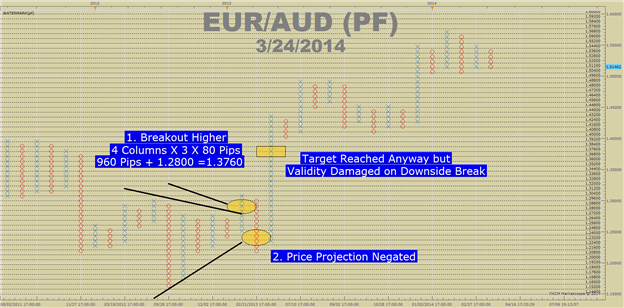
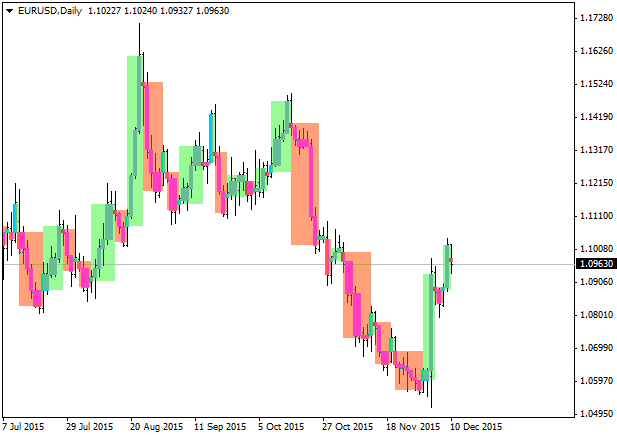
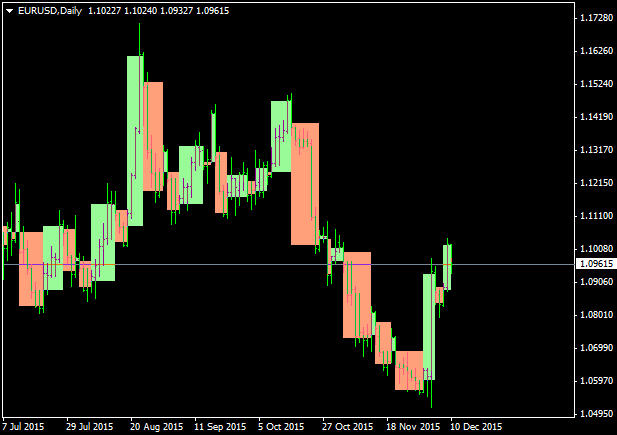
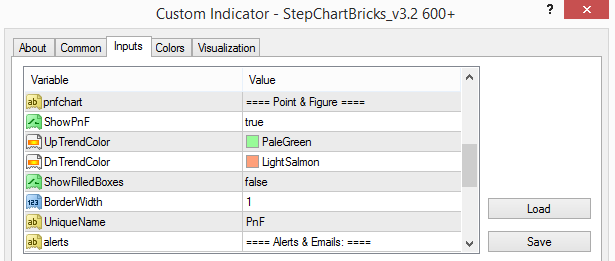
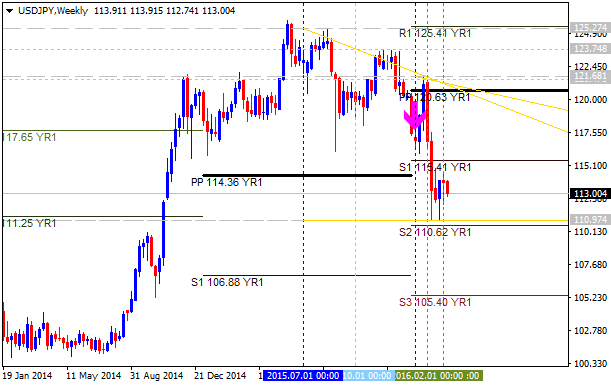
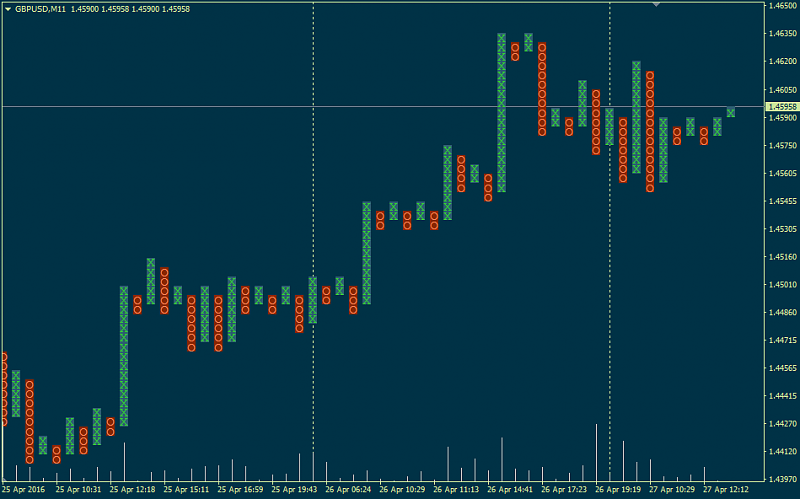
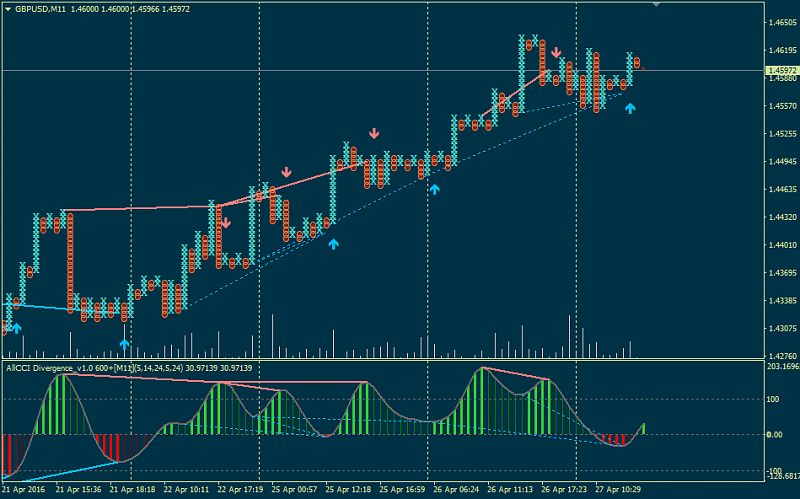



Bookmarks